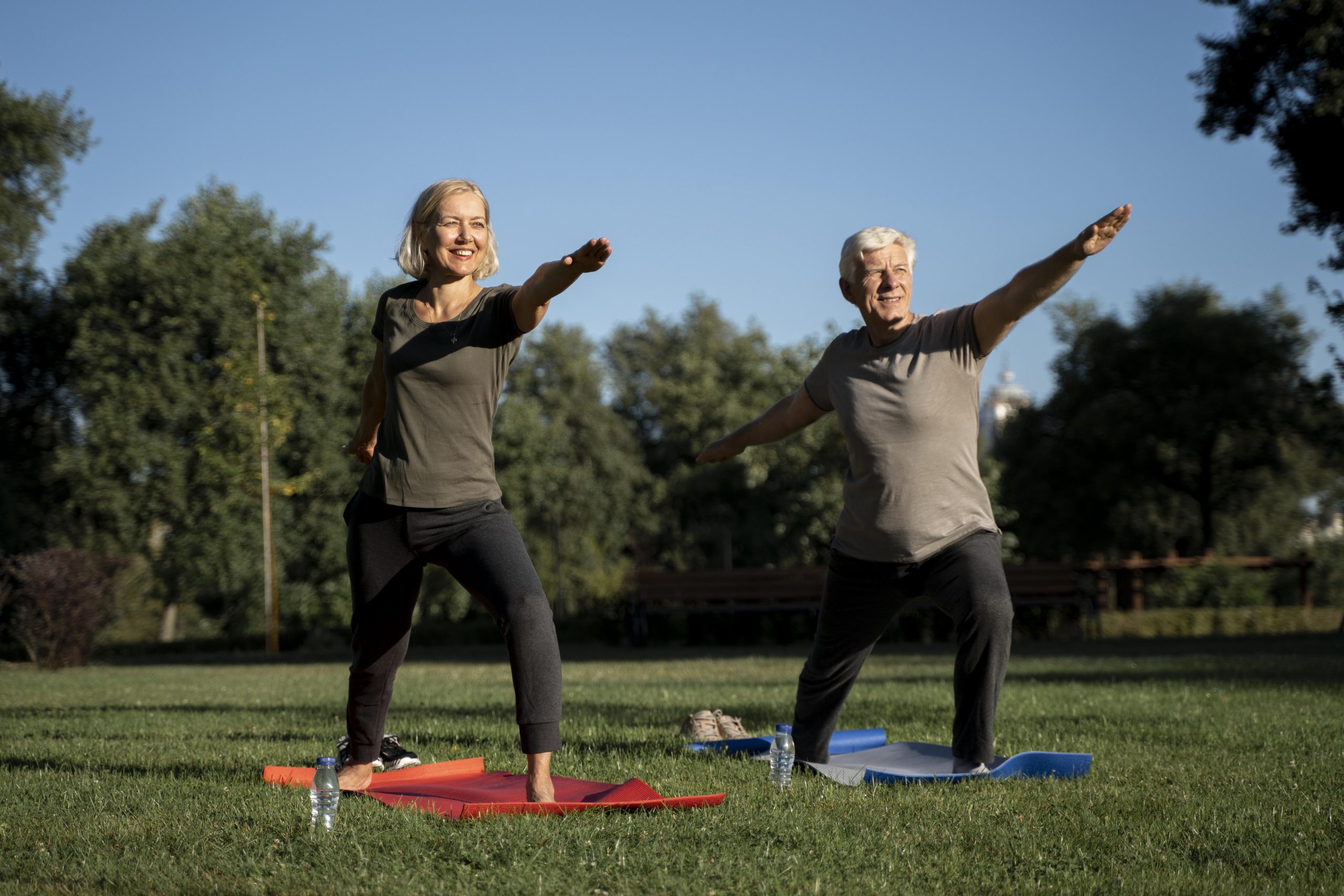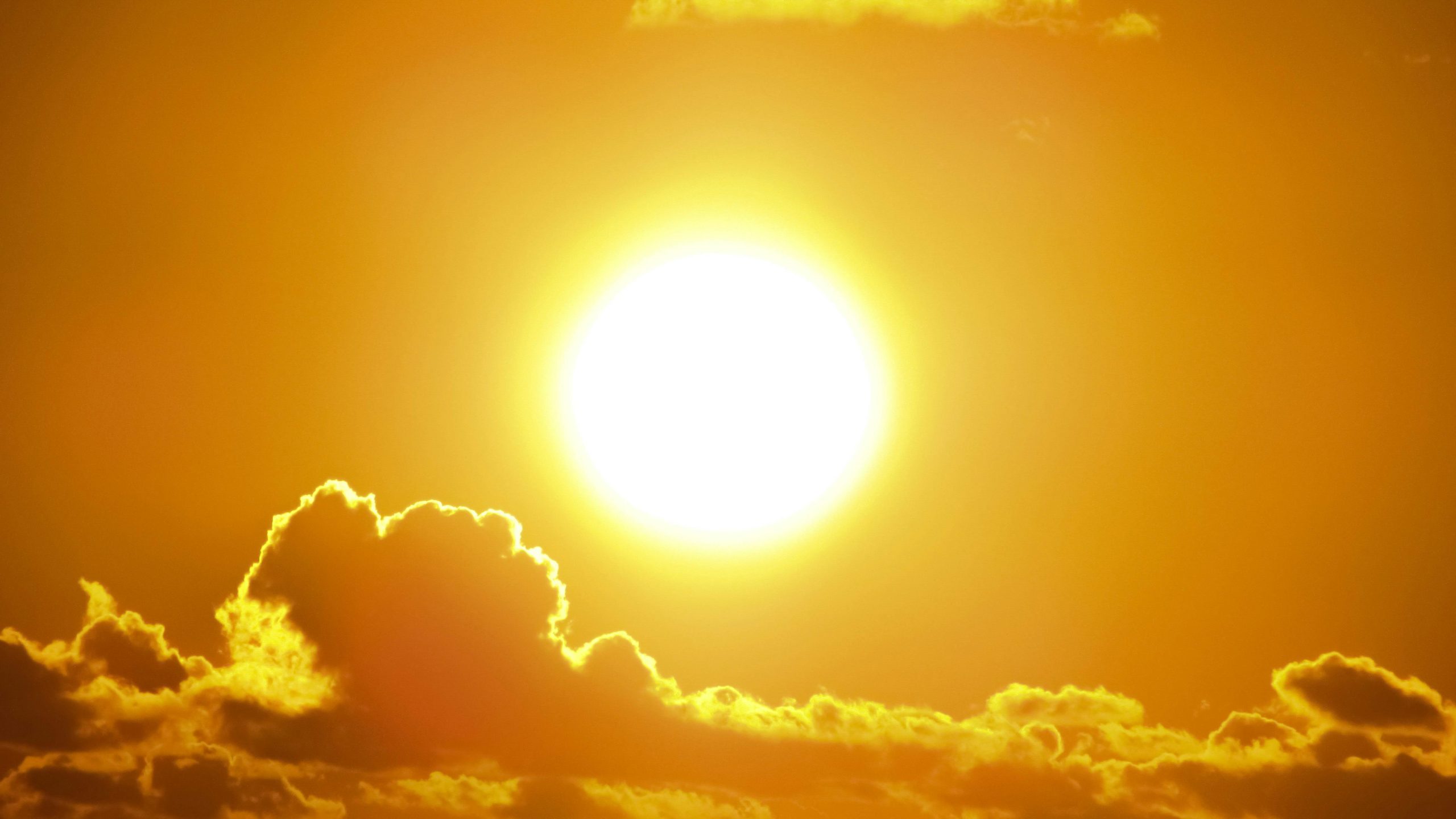When we think about summer hazards, sunburns and heat waves may come to mind first. But there’s another invisible danger that can take a serious toll on our health — air pollution. Ozone and particle pollution are more than just environmental concerns; they affect how we breathe, how our bodies function and even how long we live. While everyone is impacted to some degree, certain groups are far more vulnerable to the harmful effects of polluted air.
Data from the American Lung Association’s 2025 “State of the Air” report shows that 156.1 million people — about 46% of the U.S. population — are living in places that get failing grades for unhealthy levels of ozone or particle pollution. This is nearly 25 million more people breathing unhealthy air compared to last year’s report and more than in any other “State of the Air” report in the last 10 years.
Children and older adults remain among the most physically vulnerable, with 34.6 million children under the age of 18 and some 25.2 million adults over 65 living in counties that received an “F” grade for at least one pollutant. People living with asthma, COPD, cardiovascular disease and even lung cancer survivors also face heightened risks. Pregnant individuals are not immune either, as more than 1.7 million pregnancies in 2023 occurred in counties that failed at least one measure. Of those, close to 453,000 were in counties that received failing grades for all three measures.
The report also makes clear that the burden is not evenly shared. People living in poverty often reside closer to pollution sources and have fewer options for relocation or access to health care. Approximately 19 million people with incomes at or below the federal poverty level live in counties with at least one failing grade, and nearly 5.7 million live in areas failing all three. Racial disparities are equally troubling with people of color making up just over 41% of the U.S. population, yet 78.3 million live in counties with at least one failing grade for ozone and/or particle pollution, and more than 26 million live where all three measures received failing grades.
To help residents safeguard their health, the Clean Air Partnership issues color-coded daily air quality forecasts throughout the summer months and into the fall so people can know ahead of time if the next day’s air quality calls for limiting outdoor activity. Staying informed is important as unhealthy air days can still occur during the cooler months, making continued awareness crucial for protecting your health.
By checking the forecast, making small adjustments to daily routines and supporting local clean air initiatives, we can protect our most vulnerable neighbors — and ourselves. For more tips to help clear the air this summer and beyond, visit CleanAir-StLouis.com, like us on Facebook or follow us on X @gatewaycleanair.





